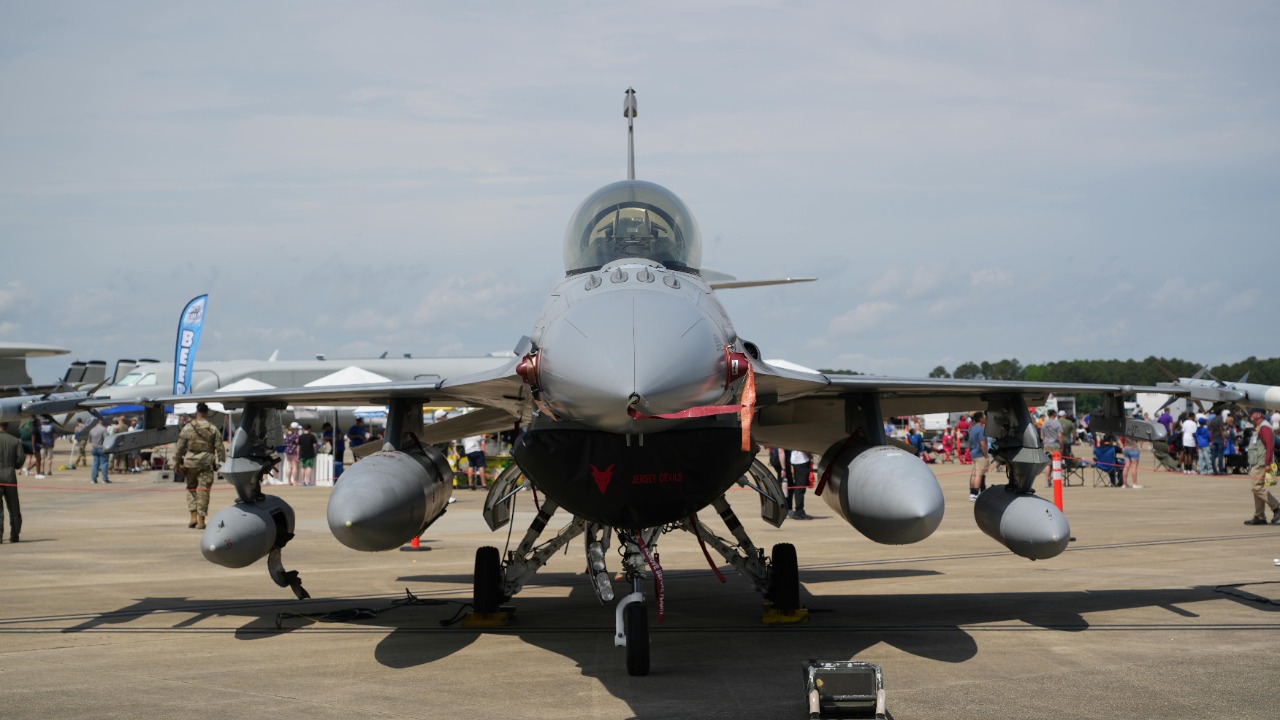
A former US fighter pilot has recently voiced concerns that the United States’ dominance in airpower is dwindling as China continues to expand its aerial forces. This rapid growth has resulted in a more capable and ready military asset, potentially shifting the power dynamics in the Indo-Pacific region. The pilot’s assessment, based on years of experience, highlights specific gaps in capacity, readiness, and innovation that could leave the US vulnerable in future conflicts.
Background of the Warning
The former US fighter pilot, whose identity remains undisclosed, has a distinguished career marked by years of service in high-stakes operations and expertise in aerial combat tactics. His warning comes at a time of increasing geopolitical tensions and debates over the US defense budget. The pilot emphasized the urgency of addressing these airpower disparities before they become irreversible, stating, “We are at a critical juncture where our air superiority is at risk.”
China’s Expansion in Air Force Size
China’s fleet growth is a significant concern. The country is reportedly producing over 200 advanced fighters annually, a rate that surpasses US manufacturing. This expansion includes specific aircraft types like the J-20 stealth fighters, which are now entering mass production. By 2030, the number of these stealth fighters is projected to exceed US F-35 deployments. This buildup is linked to state investments in domestic aerospace industries since 2020, enabling sustained increases in total aircraft inventory.
Advancements in Chinese Aircraft Capabilities
China’s jets have seen significant technological upgrades, including superior radar systems and hypersonic missile integrations that challenge US stealth advantages. Developments in electronic warfare and AI-assisted targeting have been observed in recent PLA Air Force exercises. These advancements are closing the qualitative gap faster than anticipated, as China focuses on fifth- and sixth-generation platforms.
Readiness Gaps in Chinese vs. US Forces
China’s rigorous training regimens, including full-scale mock battles simulating Taiwan scenarios, are conducted multiple times yearly. This contrasts with US readiness issues, such as pilot shortages and maintenance delays affecting sortie generation rates. The former pilot observed in October 2025 that China’s operational tempo now surpasses US levels in the Western Pacific, a concerning development for US defense strategists.
US Airpower Challenges and Vulnerabilities
Internal US factors are contributing to the erosion of its airpower edge. Aging fleets and supply chain disruptions are slowing F-35 and F-22 upgrades. Budget constraints post-2025 are limiting R&D for next-generation bombers and drones. The former pilot warned that without immediate reforms, US bases in the region could face overwhelming Chinese strikes within hours of conflict initiation.
Strategic Implications for Global Security
China’s airpower surge has significant implications for deterrence in the South China Sea and around Taiwan. Potential US responses could include alliances with Japan and Australia to bolster regional air defenses. However, the pilot stresses that policy shifts are needed to address these trends. Ignoring them risks a “new era of aerial inferiority” by the decade’s end, a scenario that could drastically alter the balance of power in the Indo-Pacific region.
More from MorningOverview